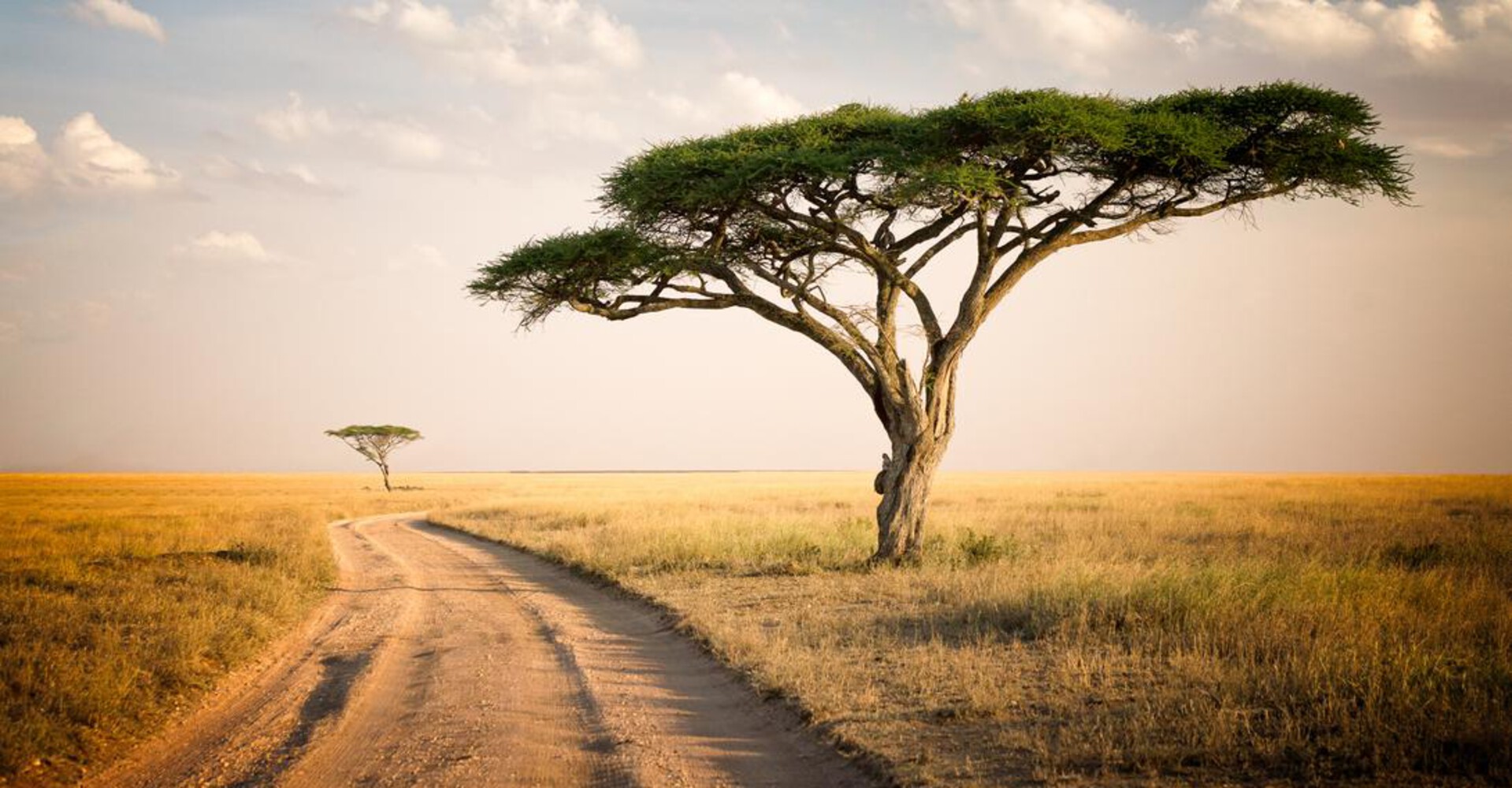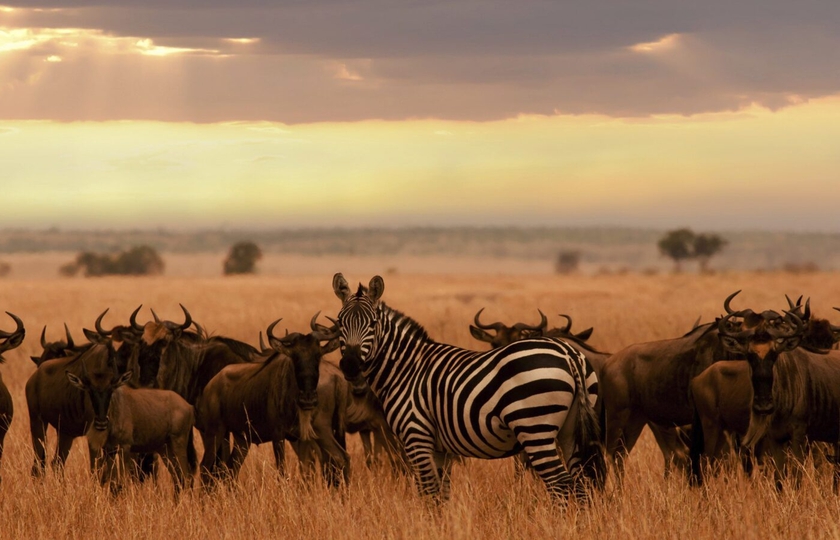Best Time to Visit Tanzania for Wildlife, Weather & Budget

Best Time to Visit Tanzania for Wildlife, Weather & Budget
Discover the ideal safari season for your travel goals — whether it’s big cats, wildebeest migration, or great savings.
Introduction
Tanzania is a year-round safari destination — but not all months offer the same experiences. From the thundering Great Migration to lush green landscapes and quiet parks, each season offers something unique. Whether you’re a wildlife enthusiast chasing predators or a traveler seeking the best value, knowing the best time to visit Tanzania will help you plan your trip around what matters most to you.
In this guide, we break down Tanzania’s safari seasons by wildlife activity, weather conditions, and travel cost — so you can pick the right time for your unforgettable adventure.
Understanding Tanzania’s Safari Seasons
Tanzania has two main seasons: the dry season and the wet (green) season.
| Season | Months | Highlights |
|---|---|---|
| Dry Season | June to October | Best game viewing, fewer mosquitoes, high season |
| Short Rains | November | Lush scenery, fewer tourists, great for birding |
| Green Season | December to March | Calving season, migratory birds, good visibility |
| Long Rains | April to May | Lowest prices, heaviest rainfall, limited access |
Best Time for Wildlife Viewing
June to October – The Dry Season
This is considered the peak safari season. Wildlife congregates around rivers and waterholes, and the thinning vegetation makes animal sightings easier.
-
Best parks to visit: Serengeti, Tarangire, Ngorongoro Crater
-
Great for: Big cats, elephants, rhinos, buffalo, lions
-
Travel conditions: Dry roads, clear skies, cooler temperatures
-
Downside: Higher prices, popular parks can get crowded
December to March – The Green Season
The landscape transforms with green grasses and flowering trees. Wildlife is still present (especially in the south Serengeti), and this is the calving season for wildebeest — which means predators are very active.
-
Best parks to visit: Southern Serengeti, Ndutu, Ngorongoro
-
Great for: Predator action, calving scenes, birdwatching
-
Travel conditions: Warmer, possible short showers
-
Downside: Some roads may be muddy, humidity increases
November – The Short Rains
November marks a brief rainy period, but it’s a fantastic time to travel. The rains are usually short and fall in the late afternoon. This is the start of the shoulder season, with lower prices and increasing bird activity.
-
Best parks to visit: Ngorongoro, Manyara, Tarangire
-
Great for: Flamingos, raptors, antelope births
-
Travel conditions: Green but not muddy
-
Downside: Slightly unpredictable rain patterns
April to May – The Long Rains
This is the wettest time of year, and many lodges in the Serengeti close temporarily due to flooding. However, if you don’t mind some rain and want the lowest prices of the year, this could be a peaceful, lush escape.
-
Best parks to visit: Ngorongoro Crater (elevated, fewer floods), Arusha NP
-
Great for: Budget travelers, birders, green scenery
-
Travel conditions: Heavy rain, slippery roads
-
Downside: Migration is far west, some camps close
Best Time to See the Great Migration
If your goal is to witness the wildebeest migration, timing is everything. Here’s a quick month-by-month overview:
| Months | Location in Serengeti | Key Event |
|---|---|---|
| Jan–Mar | Ndutu (Southern) | Calving season (predator action) |
| Apr–May | Central Serengeti | Herds moving northwest |
| Jun–July | Western Corridor | River crossings at Grumeti |
| Aug–Oct | Northern Serengeti | Famous Mara River crossings |
| Nov–Dec | Central/Southern | Return migration begins |
Best time for Mara River crossings: August to October
Best time for calving season: January to early March
Best Time for Lower Prices & Fewer Crowds
If budget is a concern or you want to avoid peak-season crowds, consider:
-
November – Short rains, but still great wildlife viewing
-
March – End of green season, fewer tourists, active predators
-
May – Deep low season, heavy discounts, lush landscapes
During these months, many lodges and camps offer 20–40% off regular rates. You also get more flexibility and quieter game drives.
Best Time by Activity
| Activity | Ideal Months | Notes |
|---|---|---|
| Game Viewing | June – October | Classic dry season safaris |
| Birdwatching | Nov – April | Migratory species & green landscapes |
| Photography | Dec – March | Vivid colors, dramatic skies |
| Calving Season | Jan – March | Action-packed predator-prey interactions |
| Mara River Crossings | Aug – Oct | Northern Serengeti safaris |
| Budget Travel | March, May, November | Lower prices and fewer tourists |
FAQs: Choosing the Best Safari Season
Q: Is the wet season a bad time to go on safari?
A: Not at all. Wildlife is still active, and the landscapes are lush and photogenic. You’ll just need to prepare for a few muddy roads and occasional showers.
Q: Are animals harder to find during the green season?
A: No — many herbivores give birth in this period, attracting predators. You may not see large herds, but you’ll see plenty of activity.
Q: What if I can only travel in April or May?
A: Consider parks like Ngorongoro Crater or private conservancies. You’ll enjoy the solitude and lower costs — just bring good rain gear!
Final Thoughts
There’s no single “best time” to visit Tanzania — just the best time for your goals. Whether you want migration drama, intimate wildlife encounters, or great value for money, there’s a season that fits.
Still unsure? Let us help. Our team will build your trip around your interests, travel window, and budget — making sure you’re in the right place at the right time.
Recent Posts
Quick booking process
+255 742 916 001
we’d love to hear from you.
Ready to Start Planning Your Safari?


